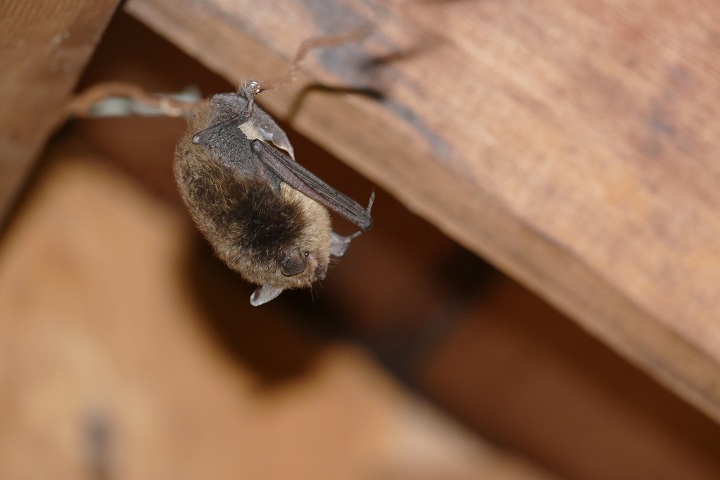If you’ve noticed more bats flying around the Okanagan, you’re not going batty.

The B.C. Community Bat Program says mid-summer is the time when people typically notice more bat activity, including having bats fly into homes, seeing them on the ground or roosting in odd spots.
“In July and August, (bat) pups are learning to fly and their early efforts may land them in locations where they are more likely to come in contact with humans,” said Mandy Kellner, biologist and coordinator with the B.C. Community Bat Program.
The BCCBP says if you find a bat, dead or alive, don’t touch it with bare hands; doing so could lead to rabies infection. According to the program, while bats in B.C. have very low levels of rabies, any risk of transmission should not be treated lightly.
Female bats gather in maternity colonies in early summer, where they will remain until the pups are ready to fly. Some species of bats have adapted to live in human structures, and colonies may be found under roofs or siding, or in attics, barns, or other buildings.
The BCCBP says some landowners view bats as a benefit because of insect control. However, no matter how you view bats, beneficial or a pest, under the B.C. Wildlife Act, it is illegal to exterminate or harm them, and exclusion can only be done in the fall and winter after it is determined that bats are no longer in a building.
For more about bats, contact your local Community Bat Program, visit www.bcbats.ca or call 1-855-9BC-BATS ext.13.



Comments